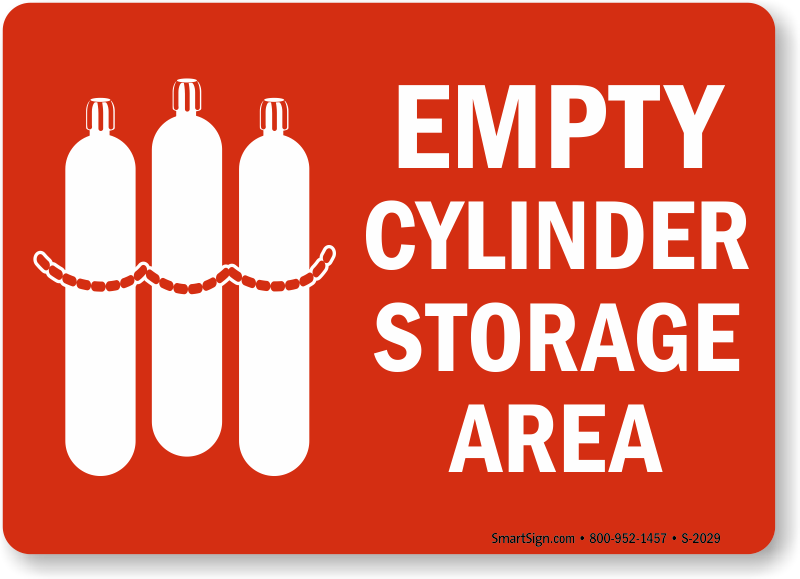Store oxygen cylinders and fuel gas cylinders separately.
Storage of compressed gas cylinders osha.
Special storage use and handling precautions are necessary in order to control these hazards.
A transporting moving and storing compressed gas cylinders.
The in plant handling storage and utilization of all compressed gases in cylinders portable tanks rail tankcars or motor vehicle cargo tanks shall be in accordance with compressed gas association pamphlet p 1 1965 which is incorporated by reference as specified in sec.
Csa w117 2 12 r 2017 safety in welding cutting and allied processes.
Indoors separate oxygen from fuel gas cylinders by at least 6 1 m 20 ft or by a wall at least 1 5 m 5 ft high with a minimum half hour fire resistance.
Keep the tanks away from the sun flames sparks and areas that reach and exceed 125 degrees fahrenheit.
The handling use and storage of compressed gas cylinders in applications other than welding and cutting in general industry workplaces is governed by osha s compressed gases standard 29 cfr 1910 101.
Ensure that each is labeled with a full or empty tag.
Gas cylinders should be properly secured at all times to prevent tipping falling or rolling.
Local jurisdiction requirements may vary.
Osha standard 1910 101 compressed gases and cylinders must be properly stored transported and used to prevent injury and accidents.
Here are the compressed gas cylinder storage tips.
Oxidizers should not rest within twenty feet of gases which are flammable.
1926 350 gas welding and cutting.
Hazards associated with compressed gases include oxygen displacement fires explosions and toxic gas exposures as well as the physical hazards associated with high pressure systems.
Regulators cylinders and cylinder valves must be inspected regularly to ensure safe operation.
Oxygen cylinders in storage shall be separated from fuel gas cylinders or combustible materials especially oil or grease a minimum distance of 20 feet 6 1 m or by a noncombustible barrier at least 5 feet 1 5 m high having a fire resistance rating of at least one half hour.
Include firewalls for cylinders with contents that pose different types of hazards.
Industrial gas cylinders are color coded to provide identification at a glance.
Separate full cylinders from empty cylinders.
1910 253 b 4 iv.

